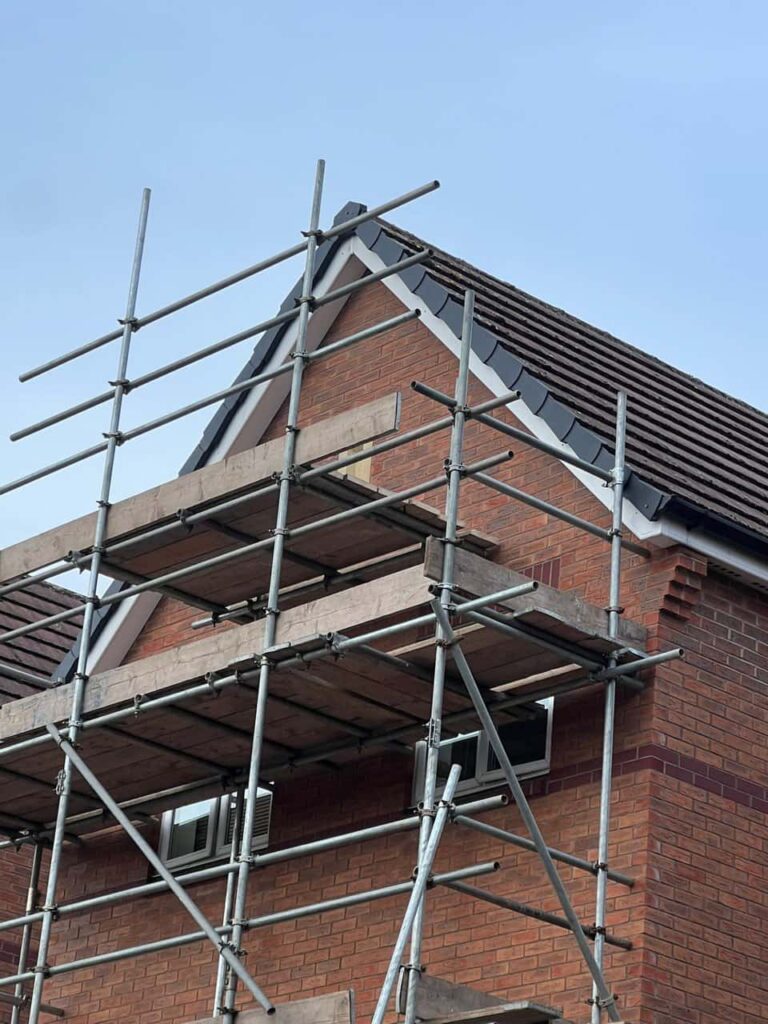When the rainy season arrives, flat roofs and felt roofing systems are put to the test. While they are designed to withstand the British climate, ongoing exposure to heavy rain, wind, and fluctuating temperatures can reveal hidden issues. For homeowners and property managers in Sedgley, understanding how to inspect and maintain these roofing types is essential to prevent leaks and protect the structure of the building. Sedgley Roofing Repairs highlights what you should look out for when inspecting your felt or flat roof during wet weather.
Why Rainfall Can Be Problematic for Flat Roofs
Unlike pitched roofs, flat roofs do not allow rainwater to run off as easily. Even a small design fault or minor wear can cause water to collect, leading to potential structural damage over time. The key to preventing serious problems lies in recognising the early signs of wear before they worsen. Consistent checks during and after periods of heavy rainfall can make all the difference to the longevity of your roof.
Common Issues to Watch For During Wet Weather
1. Ponding Water
Ponding, or standing water, is one of the most common issues affecting flat roofs. It usually occurs when water cannot drain away due to uneven surfaces or blocked outlets. Over time, this standing water can cause the felt to degrade, seams to weaken, and in severe cases, allow water to penetrate beneath the surface layers. Regular checks after rain will help you identify these areas early.
2. Cracks, Splits, or Blisters in the Felt
Felt roofing can develop surface cracks or blisters as it ages or when subjected to constant moisture and temperature changes. These weak spots allow water to seep underneath the felt and damage the underlying layers. Small cracks might not seem alarming, but if left untreated, they can quickly expand and cause significant water ingress.
3. Blocked or Inefficient Drainage
Flat roofs depend heavily on a well-functioning drainage system. During the rainy season, gutters, outlets, and downpipes can become blocked by leaves, dirt, or debris, leading to water build-up on the roof surface. Check that water is flowing freely off the roof and that the drainage outlets are not obstructed. Sedgley Roofing Repairs can assess and clear blocked systems to prevent further issues.
4. Loose or Lifted Edges
Strong winds and continuous rain can cause the edges of felt roofing to lift or peel away. Once this happens, rainwater can easily penetrate beneath the felt layer, undermining its waterproof integrity. A professional inspection can secure and reseal these vulnerable sections before they allow extensive damage.
5. Damp or Mould Inside the Property
One of the most obvious signs of a roof problem is internal dampness. Stains on ceilings, peeling paint, or a musty smell are indicators that moisture is entering through the roof covering. If you notice any of these signs, it’s best to arrange a detailed inspection from Sedgley Roofing Repairs to identify the root cause.
How to Check Your Flat or Felt Roof Safely
Ground-Level Visual Checks
You can perform basic checks from the ground or an upper window using binoculars. Look for:
- Pools of standing water
- Visible cracks or tears in the felt
- Uneven roof surfaces
- Signs of sagging or discolouration
Internal Roof Space Checks
From the loft or top floor, check for:
- Damp patches on ceilings or joists
- Dripping or condensation during rain
- Daylight showing through small openings
If any of these signs are visible, they may indicate water ingress or structural weakness that needs professional attention.
Professional Roof Assessment
While homeowners can perform visual checks, only a trained roofing specialist can provide a complete assessment. Sedgley Roofing Repairs offers expert inspections that can identify both visible and hidden issues affecting flat and felt roofs. This ensures that any necessary repairs are carried out promptly, preventing further deterioration.
Preventative Maintenance Tips
To help maintain your felt or flat roof throughout the year:
- Schedule routine inspections before and after the rainy season
- Keep drains, gutters, and outlets clear of debris
- Remove overhanging branches that can drop leaves or cause damage
- Re-seal joints and flashings as needed to maintain waterproofing
These simple preventative measures can significantly extend the life of your roof and save you from more serious issues down the line.
Conclusion
Flat and felt roofs offer excellent protection when properly maintained, but the rainy seasons in the West Midlands can expose even the smallest weaknesses. Regular inspections and timely repairs from Sedgley Roofing Repairs help ensure that your roof remains watertight and durable all year round. By taking a proactive approach, homeowners in Sedgley can keep their properties dry, secure, and protected no matter how heavy the rain becomes.
Call us on: 01902 943 599
Click here to find out more about Sedgley Roofing Repairs
Click here to complete our contact form and see how we can help with your roofing needs.

